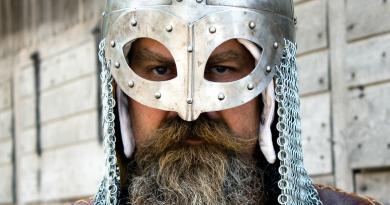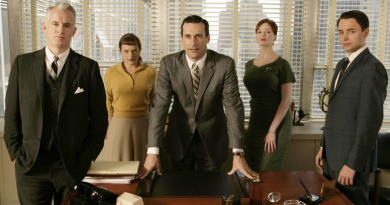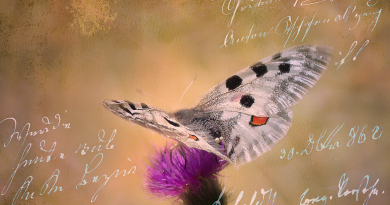Previously: Ancient Batman and Batman Past The Fall Of The Roman Empire
The Eighteenth century's treatment of Batman is rather dull for the most part, being largely consumed with political satire. Even so, there are notable moments such as Alexander Pope's "Wayneciad" with its subtle disguising of British political figures as various supervillains. Batman stories all across Europe became more edgy with rampant industrialisation and discontent among the working classes threatening major changes to society. The French revolution saw Batman take part in many swashbuckling adventures penned by multiple authors, often teaming up with the scarlet pimpernel. The Marquis De Sade somehow managed to end up writing Batman, having the Dark Knight take time out from his usual schedule of law enforcement in order to patrol the streets beating up prostitutes. Modern scholars of the Batman tradition also identify De Sade as the beginning of the transition of catwoman into the s&m icon she is today. They also say "cheers."
Batman became even darker during the age of the Romantics, with authors such as Shelley and Byron putting the "Goth" in Gotham. Byron's run of the comic in particular had Batman spend an awful lot of time sitting on top of buildings crying, and lamenting the woe of humanity. He also had Batman dress in velvet and pirate shirts, a decision reversed almost immediately by post-romantic authors (although retained briefly for Yeats' later run along with the introduction of an unpopular Irish accent). As the popularity of the novel grew in Britain, several prose writers of the period were also given the privilege of writing for the comic. Most disastrous among these authorships was the very short-lived run of comics by Jane Austen. Set entirely in a pleasant village community, Austen's tales interpreted the classic villains as a circle of simpering gentry, with the Joker reinvented as an elderly priest with grey sideburns. Catwoman lost her whip in favour of a parasol, and the Penguin was removed in favour of "Mr Bloatkinson." Batman spent all his time as the eligible bachelor Bruce Wayne, until overwhelming public pressure convinced Austen that he had to revert to costume at some point. This was feebly achieved in a single comic, where a foppish gentleman referred to as "Mr Batley" sauntered into the manorhouse grounds and shooed away a group of gypsy children. After further public pressure, Austen snapped and wrote the now heavily banned Batman issue 87,291, which featured more genital-related bludgeonings, parasol rapes and gratuitous head wounds than any previous issue. Reports that Austen was replaced at this point of her life by a time-travelling Garth Ennis (who also wrote 'persuasion') can neither be confirmed nor denied by the author.
Batman got back up to speed again under the pen of Charles Dickens, who completed a mammoth amount of comics in his lifetime. Dickens notoriously wrote seventy-nine consecutive comics which failed to mention Batman altogether, but which provided an amazingly detailed blueprint for workhouse reform. Dickens left his final comic unfinished upon his death, having set up an intricate criminal mystery in the Gotham underworld. Lewis Carroll was the next to take on the batman mantle, and ignored Dickens' painstakingly constructed masterpiece altogether, instead writing an opium-fuelled epic about little girls and Batman falling down holes. Cramming the story with bizarre villains such as The Mad Hatter, The Caterpillar and The Cheshire Catwoman (not to mention The Walrus and The Carpenter), Carroll's nightmare world eventually became too big for the caped crusader, becoming instead the basis of his most famous work, "Alice in Wonderland". As the turn of the century approached, Batman's most notable appearance was in Nietzsche's run of the comic, entitled "Die Battenmensche", later used unfairly as justification for the Third Reich. Continuing in this tradition of nihilism and grim foreboding, the Twentieth century saw Batman flitter between various disinterested poets and thinkers, gradually drowning in decadent ennui. The Dark Knight became merely a puppet for various dark worldviews, and was even used briefly by the British government as a propaganda figure encouraging recruitment for the First World War. T.S Eliot originally wrote "The Wasteland" as a Batman graphic novel, before discarding the hero in abject depression. For the first time in centuries, the weekly publication of Batman comics was broken. This minor Dark Age lasted until the late thirties, when DC comics godfather Bob Kane picked up the Batman meme and decided to rekindle the timeless story once more as the era of comics we know and love today. The rest, as they say, is not a pack of lies.
Batman Through The Ages (Part III)
What do you think, did we get it right? Comment here...
Popular Content
WANT MORE FUNNY LIKE THIS? FOLLOW US ON FACEBOOK









